Securing a vacant house is a crucial step in protecting your investment and ensuring the safety of the property. Vacant houses are particularly vulnerable to risks such as theft, vandalism, and unauthorized intrusion, making it imperative to implement effective security measures.
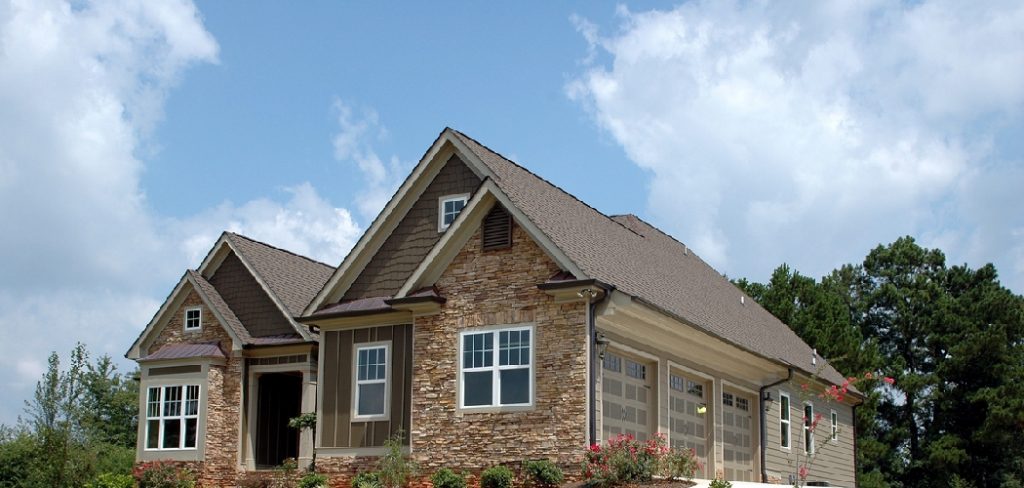
This guide aims to provide homeowners with comprehensive strategies on how to secure a vacant house, focusing on practical and efficient methods to mitigate potential threats.
From understanding the local crime landscape to employing physical security measures and engaging with the community, we will cover a range of approaches designed to fortify your vacant property against common risks.
Whether you own a second home, are in the process of selling your property, or are managing a rental during tenant turnover, this guide will equip you with the knowledge to keep your vacant house safe and secure.
Assessing Security Risks
Conducting a thorough risk assessment of your vacant property is essential before implementing security measures. This process involves identifying vulnerabilities, understanding local risks, and evaluating the property’s features to determine potential security weaknesses.
A. Identifying Vulnerabilities: Evaluating Potential Entry Points, Weaknesses in Doors and Windows, and Overall Property Condition
Begin by inspecting all potential entry points, including doors, windows, and even less obvious access areas like skylights or basement entries. Look for signs of weakness, such as old, deteriorated frames or locks that could easily be breached.
Assess the property’s condition as a whole, noting any structural damages that intruders could exploit. This step is crucial in understanding how an intruder could gain access and what measures need to be in place to secure these vulnerabilities.
B. Understanding Local Risks: Researching Crime Rates, Neighborhood Trends, and Previous Incidents to Inform Security Measures
Research the local area to gauge the level of risk associated with the property’s location. Local crime statistics, trends in neighborhood safety, and accounts of previous incidents can provide valuable insights into potential security threats.
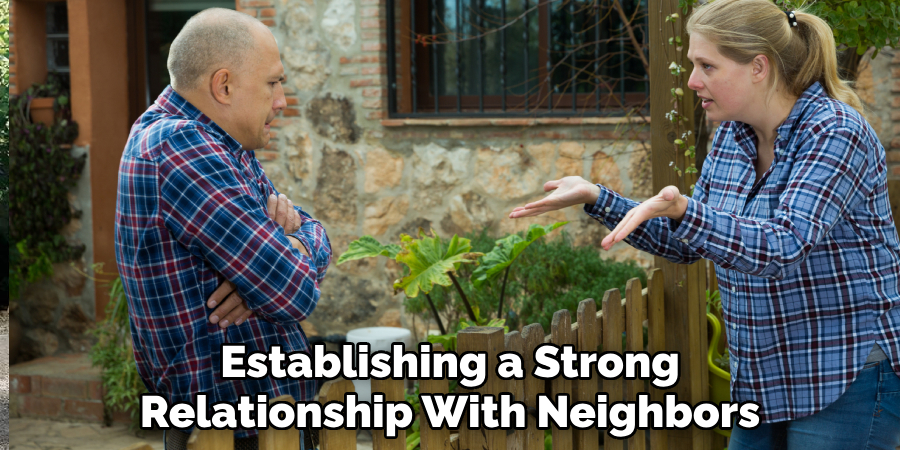
Understanding these risks can inform specific security measures, such as the need for more robust surveillance systems or community engagement strategies.
C. Assessing Property Features: Inspecting Surrounding Landscaping, Fencing, Lighting, and Access Points for Security Weaknesses
Evaluate the property’s external features for potential security breaches. Overgrown landscaping can provide cover for intruders, while inadequate fencing may offer easy entry points. Poor lighting around the property can also increase vulnerability to intrusion during the night.
Assessing these features allows homeowners to make necessary adjustments, such as improving lighting, securing fences, and maintaining the property’s exterior to reduce hidden spots and access points for potential intruders.
How to Secure a Vacant House: Physical Security Measures
A. Securing Doors and Windows
The first line of defense in securing a vacant house involves reinforcing all doors and windows. Installing high-quality deadbolts, security bars, and shatter-resistant glass can significantly deter intruders. Deadbolts should be grade 1 or grade 2, as defined by the American National Standards Institute (ANSI), for maximum strength.
Additionally, consider upgrading to smart locks, which allow you to monitor door status remotely. Security bars add an extra layer of protection for windows, particularly for ground-floor and accessible windows. Shatter-resistant glass or security film can prevent windows from being easily broken, making it more challenging for intruders to gain entry.
B. Boarding Up Windows
In areas with high vandalism rates or for properties that will be vacant for extended periods, boarding up windows with plywood or metal panels is a cost-effective strategy to secure a house.
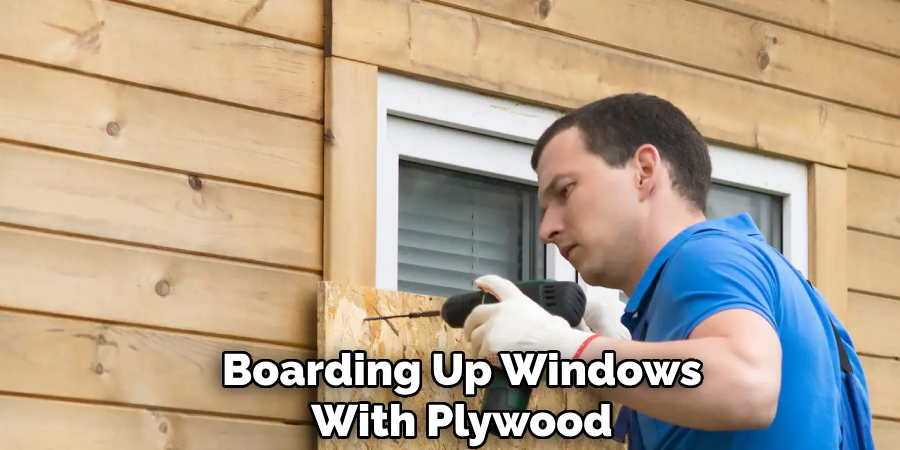
This prevents break-ins and protects the glass from damage due to environmental factors or vandalism. Ensure that the boards are securely mounted to the window frames and that they cover the entire window for maximum effectiveness.
While this method may not be visually appealing, it is a strong deterrent to unauthorized entry.
C. Installing Security Systems
A comprehensive security system is vital for monitoring and protecting vacant properties. Burglar alarms that alert you or a monitoring service to unauthorized entry can significantly enhance security. Motion-activated lights serve as a deterrent by illuminating any intruders, making it clear that the property is under surveillance.
Installing surveillance cameras at key entry points and around the perimeter provides real-time monitoring capabilities and can be critical evidence in the event of a break-in or vandalism. Modern security systems often offer remote access via smartphones or computers, allowing property owners to monitor their property anywhere.
This level of surveillance deters potential intruders and provides peace of mind to homeowners, knowing their property is safeguarded.
How to Secure a Vacant House: Property Maintenance
Maintaining a property in good condition is crucial for deterring unauthorized access and minimizing the risk of theft and vandalism in vacant houses. By keeping up both the exterior and interior, homeowners can create the impression of occupancy, which is vital in discouraging potential intruders. This section explores the essential maintenance tasks that can help secure a vacant property effectively.
A. Exterior Maintenance
Maintaining the exterior appearance of a property is one of the most effective ways to signal occupancy and thus deter criminal activity. Regular landscaping upkeep, including mowing the grass, pruning shrubs, and clearing debris, prevents the property from appearing neglected.
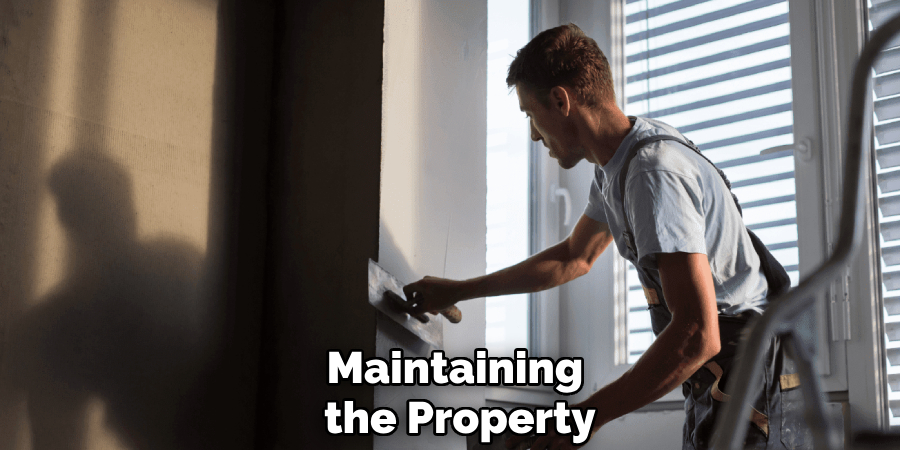
Overgrown vegetation not only signals vacancy but also can provide cover for intruders. Ensuring the exterior paint and fixtures are in good condition can further enhance the appearance of an occupied home. Additionally, installing timers on outdoor lighting can illuminate the property at appropriate times during the evening, simulating activity within the home.
B. Interior Maintenance
Securing a vacant house’s interior involves several critical steps to protect it from damage and deter theft. Valuables should be removed or securely locked away to reduce the incentive for break-ins. Clutter and any items that could pose a fire risk should be cleared to ensure the property remains safe and presentable.
It’s also important to shut off utilities such as water, gas, and electricity if the house is vacant for an extended period to prevent accidents or damage from leaks or electrical faults. However, maintaining a relatively stable interior temperature can prevent damage from humidity or freezing temperatures, depending on the climate.
C. Regular Inspections
Regular inspections of the property are essential to promptly detect and promptly address signs of entry, damage, or unauthorized activity. These inspections can involve checking security measures, such as the integrity of doors, windows, and locks, and assessing the condition of the roof, plumbing, and electrical systems for maintenance needs.
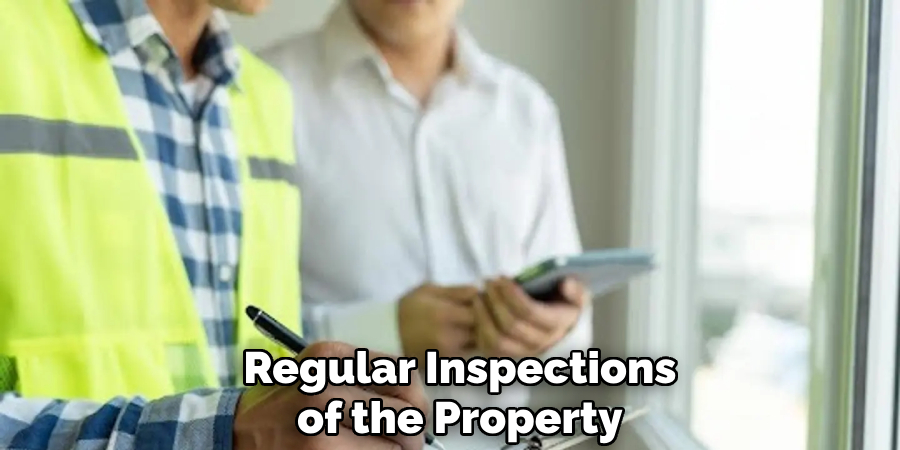
Inspections also offer the opportunity to adjust security measures based on observed vulnerabilities. Establishing a routine presence at the property can further reinforce the appearance of occupancy, thus acting as an additional deterrent to potential intruders.
In summary, thorough property maintenance is critical to securing a vacant house. By addressing exterior and interior maintenance needs and ensuring regular inspections, homeowners can significantly reduce the risks of leaving a property unoccupied.
How to Secure a Vacant House: Neighborhood Engagement
A. Community Watch Programs
Engaging with Community Watch Programs or local safety initiatives is a proactive way to enhance security around a vacant property. These programs foster a sense of mutual responsibility among residents to observe and report unusual activities, effectively increasing surveillance without needing high-tech equipment.
Participation in such programs deters potential intruders due to the higher likelihood of detection and strengthens community bonds. Neighbors looking out for one another create a united front against common security threats, making these programs an invaluable resource for homeowners looking to protect their vacant properties.
B. Informing Neighbors
Communication with neighbors and nearby residents is another vital step in safeguarding a vacant house. By informing trusted neighbors about the vacancy, homeowners can ensure additional eyes are on the property, ready to spot and report any suspicious activities.
Sharing contact information allows for swift action if an attempt at unauthorized access or maintenance issues needs immediate attention. Coordinating security measures with neighbors, such as alternating lighting schedules or sharing updates on known local security threats, can significantly enhance the effectiveness of individual efforts to secure vacant properties.
C. Reporting Suspicious Activity
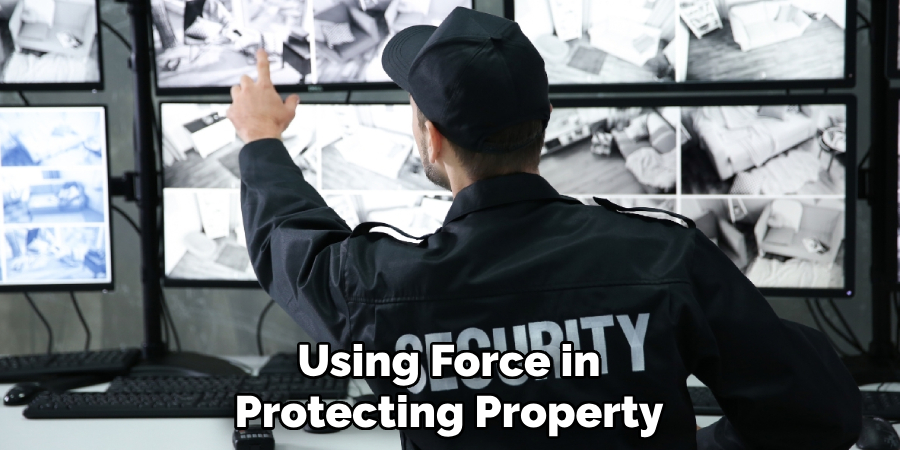
Encouraging community members to report suspicious behavior or signs of vandalism is critical in securing vacant properties. Awareness campaigns within the neighborhood can highlight the importance of vigilance and how prompt reporting can prevent crimes or limit damage.
Making it easy for neighbors to contact property owners or local authorities ensures that any unusual activity is quickly brought to attention. Establishing a solid line of communication with local law enforcement allows for a faster response to reported incidents, reducing the risk of property damage or loss.
This collective vigilance is a deterrent to potential intruders and vandals, knowing that the community actively monitors and responds to security threats.
Legal and Ethical Considerations
Owning a vacant property comes with not only practical responsibilities but also legal and ethical considerations that must be navigated carefully to ensure the safety and security of the property, as well as to respect the rights and well-being of the surrounding community.
A. Compliance with Regulations
Homeowners must ensure compliance with local laws and regulations concerning property maintenance, security, and vacancy requirements. Many municipalities have ordinances that require vacant properties to be kept in a certain condition to prevent them from becoming eyesores or safety hazards.
This can include regular maintenance, securing the property against unauthorized entry, and sometimes registering the property with local authorities if it remains vacant for an extended period. Non-compliance can result in fines and legal actions, making it crucial for property owners to be aware of and adhere to these regulations.
B. Liability Concerns
Vacant properties present various liability concerns for homeowners. There is the risk of someone being injured on the property, whether it is a trespasser or a neighbor. Additionally, vacant properties can become targets for vandalism and theft, leading to further liabilities if the property becomes a danger to the community (e.g., through broken windows or exposed wiring).

Property owners must take reasonable steps to mitigate these risks, such as securing and maintaining the property safely to avoid potential lawsuits or legal complications.
C. Ethical Responsibility
Beyond the legal implications, homeowners have an ethical responsibility to maintain their vacant properties in a manner that does not negatively impact the surrounding community. This includes keeping the property in good condition to avoid it becoming an eyesore, securing it to prevent it from becoming a hub for criminal activities, and ensuring it does not pose any safety hazards.
Additionally, respecting the rights of neighboring residents by being responsive to their concerns and maintaining open lines of communication can help foster a positive and cooperative relationship between the property owner and the community.
This ethical approach not only contributes to the safety and security of the property but also upholds the quality of life within the neighborhood.
Emergency Preparedness
Ensuring preparedness for emergencies is crucial for the security and safety of a vacant property. This section outlines key measures that property owners should implement to mitigate risks associated with unforeseen incidents.
A. Emergency Contacts
Maintaining an up-to-date list of emergency contacts is fundamental. This list should include local law enforcement agencies, fire departments, property management companies, utility providers, and emergency repair services.
Having these contacts readily available ensures that any emergency situation can be addressed swiftly and effectively, minimizing potential damage or escalation of the issue.
B. Emergency Response Plan
Developing a comprehensive emergency response plan is essential for addressing security breaches, fire hazards, or other threats. This plan should detail the steps to be taken in various scenarios, including whom to contact, how to secure the property, and measures for preventing further damage.
Communicating this plan to neighbors, property management companies, and local emergency services ensures that everyone involved knows how to act efficiently and cohesively in case of an emergency.
C. Property Insurance
Ensuring adequate insurance coverage for vacant properties is vital to protect against theft, damage, and liability claims. Property insurance should be carefully reviewed to confirm that it covers common risks associated with vacant properties, including but not limited to vandalism, fire, and weather-related damage.
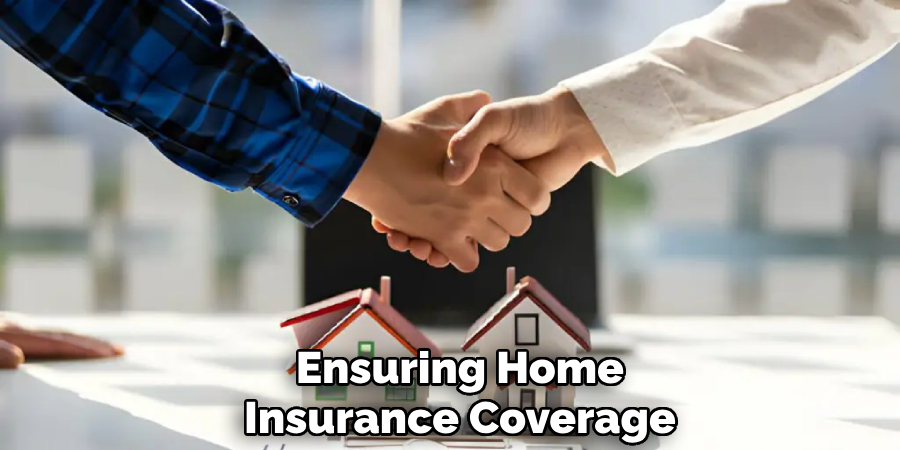
Regularly reassessing the policy’s coverage ensures that the property remains adequately protected as circumstances change and can provide peace of mind to the property owner in the face of potential emergencies.
Frequently Asked Questions
Q1: How Often Should I Check on My Vacant Property?
A1: It is recommended to check your property at least once every two weeks. This allows you to monitor any changes or damages and ensure the property remains secure. However, the frequency can depend on the local area’s crime rate, weather conditions, and any known risks.
Q2: Do I Need to Notify My Insurance Company that My Property Is Vacant?
A2: Yes, it’s crucial to inform your insurance company if your property will be vacant for extended periods. Failure to do so may result in denied claims if something happens, as vacant properties carry different risks and may require a specific type of insurance policy.
Q3: What Is the Best Way to Secure a Vacant Property?
A3: The best approach includes a combination of physical security measures (like locks, security doors, and window guards) and technology (such as alarm systems and motion-sensor lights). Engaging the services of a property management company or security firm can also provide additional layers of protection.
Q4: Can I Leave Utilities on In My Vacant Property?
A4: It’s generally safer and more cost-effective to turn off non-essential utilities to prevent risks such as leaks or electrical fires. However, maintaining some level of heating can prevent pipes from freezing in colder climates, and security systems may require electricity and internet services.
Q5: What Should I Do if Someone Breaks Into My Vacant Property?
A5: If a break-in or unauthorized entry occurs, report the incident to the police immediately to obtain a report for insurance claims and take steps to secure the property from further damage or intrusion. Review and enhance security measures as necessary to prevent future incidents.
Q6: Can I Hold Community Events or Allow Friends to Use My Vacant Property?
A6: Hosting events or allowing others to use your vacant property is generally not recommended, as it can increase the risk of liability and damage. If you choose to do so, ensure proper precautions are taken, such as obtaining a special event insurance policy and securing the property before and after the event.
Conclusion
In conclusion, securing a vacant house requires a comprehensive strategy incorporating various techniques and measures detailed throughout this guide. From improving physical security with locks and lighting to leveraging technology through alarm systems and surveillance cameras, homeowners have many options at their disposal.
The importance of community engagement and the establishment of vigilant reporting systems cannot be overstated, as they significantly enhance the security and oversight of vacant properties. Additionally, adhering to legal and ethical standards ensures the property’s safety and the surrounding community’s well-being.
By taking proactive security measures, homeowners can effectively mitigate risks associated with vacant properties. We hope this guide has provided you with valuable insights on how to secure a vacant house, ensuring peace of mind and security in safeguarding your property.
About
Safety Fic is a distinguished figure in the world of Diy design, with a decade of expertise creating innovative and sustainable Diy solutions. His professional focus lies in merging traditional craftsmanship with modern manufacturing techniques, fostering designs that are both practical and environmentally conscious. As the author of diy, Safety Fic delves into the art and science of Safety Fic-making, inspiring artisans and industry professionals alike.
Education RMIT University
(Melbourne, Australia) Associate Degree in Design (Safety Fic) Focus on sustainable design, industry-driven projects, and practical craftsmanship. Gained hands-on experience with traditional and digital manufacturing tools, such as CAD and CNC software.
Nottingham Trent University
(United Kingdom) Bachelor’s in diyfastly.com and Product Design (Honors) Specialized in product design with a focus on blending creativity with production techniques. Participated in industry projects, working with companies like John Lewis and Vitsoe to gain real-world insights.
Publications and Impact
In diy, Safety Fic his insights on indoor design processes, materials, and strategies for efficient production. His writing bridges the gap between artisan knowledge and modern industry needs, making it a must-read for both budding designers and seasoned professionals.
